Author: Jake Huolihan
The more, the better. It’s a maxim accepted by many brewers, for example, more hops makes for a better IPA and more lagering makes for a better Pilsner. Indeed, there’s just something about more that makes it easy to associate with better. Up until fairly recently, the more clear a beer was, the better not only the brewer’s process was viewed as being, but the beer itself as well.
Speaking of clarity, there are a number of methods brewers can use to beautify their beer, one of which involves the use of a biopolymer created when the collagen found in animal skin and bones is thermally denaturalized then treated with dilute acids, aka gelatin. When added to fermented beer, the positive charged gelatin attracts negatively charged protein and yeast particles, the coagulation of which eventually becomes heavy enough to drop out of solution. While the standard dosage rate of 1/2 teaspoon gelatin for a 5 gallon/19 liter batch has been shown to be quite successful, as evidenced by a prior xBmt, might it be possible that more is better?
A few years ago, inspired by conversations with How To Brew author, John Palmer, we performed an xBmt comparing a Vienna Lager fined with the standard amount of gelatin to one dosed with 8x that amount. While tasters were unable to tell the beers apart based on aroma, flavor, and mouthfeel, there was an easily observable difference in appearance that called the more is better idea into question. As a regular user of gelatin in my own brewing, it seemed plausible these results were a function of using too much gelatin and that fining with a bit less might be more effective, so I decided to test it out again.
| PURPOSE |
To evaluate the differences between a Helles Bock fined with the standard amount of gelatin and one fined with 4x as much gelatin.
| METHODS |
In addition to being a style that offers little to hide differences in flavor, like all lagers, Helles Bock is expected to be clear, which is I went with it for this xBmt.
Clear Intentions
Recipe Details
| Batch Size | Boil Time | IBU | SRM | Est. OG | Est. FG | ABV |
|---|---|---|---|---|---|---|
| 5.5 gal | 60 min | 39.2 IBUs | 8.9448164 | 1.066 | 1.018 | 6.3 % |
| Actuals | 1.066 | 1.018 | 6.4 % | |||
Fermentables
| Name | Amount | % |
|---|---|---|
| Odyssey Pilsner | 16 lbs | 96.6 |
| Melanoidin (Weyermann) | 8.01 oz | 3.02 |
| BlackPrinz | 1 oz | 0.38 |
Hops
| Name | Amount | Time | Use | Form | Alpha % |
|---|---|---|---|---|---|
| Cryo - Loral | 19 g | 30 min | Boil | Pellet | 19.5 |
| Tettnang | 28 g | 15 min | Boil | Pellet | 4.5 |
Yeast
| Name | Lab | Attenuation | Temperature |
|---|---|---|---|
| Harvest (L17) | Imperial Yeast | 72% | 50°F - 60°F |
Notes
| Water Profile: Ca 61 | Mg 0 | Na 8 | SO4 75 | Cl 55 |
Download
| Download this recipe's BeerXML file |
I started my brew day by collecting RO water, adjusting it to my desired profile, then flipping the switch on my controller to get it heating up, after which I weighed out and milled the grain.
With the water properly heated, I mashed in then checked to ensure it was at my target temperature.
I let the mash rest for 60 minutes, returning every 15 minutes to give it a brief stir.
While waiting on the mash to finish, I prepared the kettle hop additions.
Once the mash step was complete, I collected the sweet wort in my kettle.
The wort was then boiled it for 30 minutes with hops added as stated in the recipe.
When the boil was finished, I quickly chilled the wort with my IC.
A refractometer reading showed the wort was right at my intended OG.
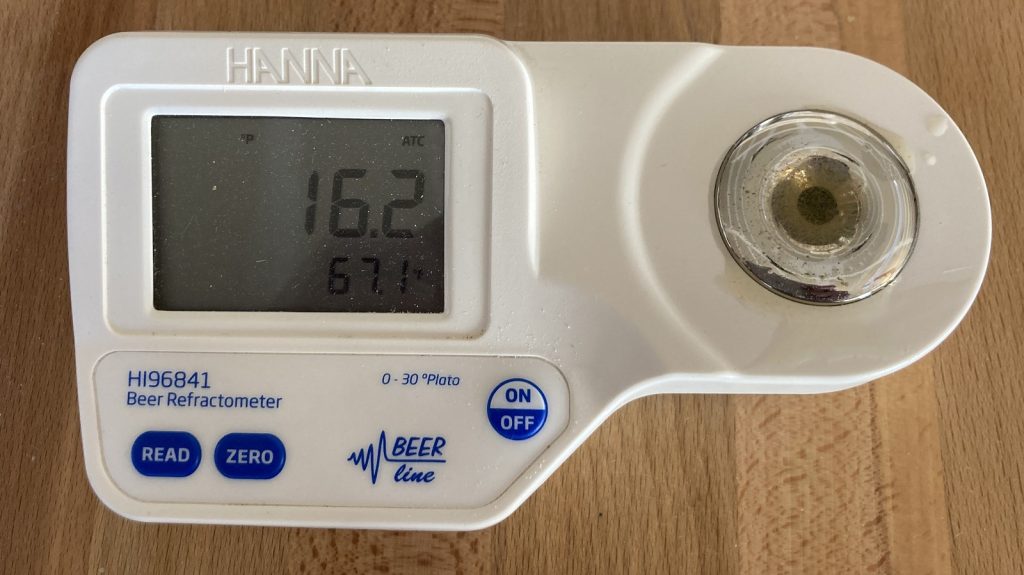
The chilled wort was then evenly split between two fermentation vessels.
Next, I used my glycol unit to finish chilling the worts to my desired fermentation temperature of 50°F/10°C before pitching a single pouch of Imperial Yeast L17 Harvest into each.
After 12 days, fermentation activity had dwindled in both beers so I took hydrometer measurements showing they were at the same FG.
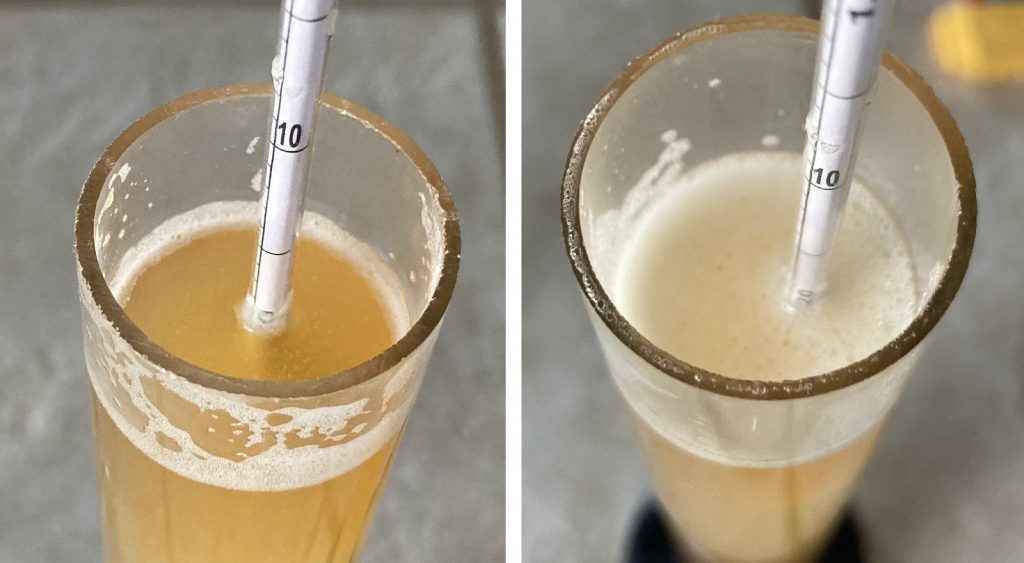
At this point, I set the controller on my glycol chiller to 38°F/3°C then left the beers alone for a day before returning to add the gelatin fining. While one batch received the standard amount of 1/2 teaspoon (1.75 grams), the other batch was dosed with 2 teaspoons (7 grams); for both, the powdered gelatin was incorporated in hot water prior to being pitched.
I left the beers alone for 5 days before pressure transferring them to CO2 purged kegs.
The filled kegs were placed in my keezer and left to carbonate for a couple weeks before they were ready for evaluation.
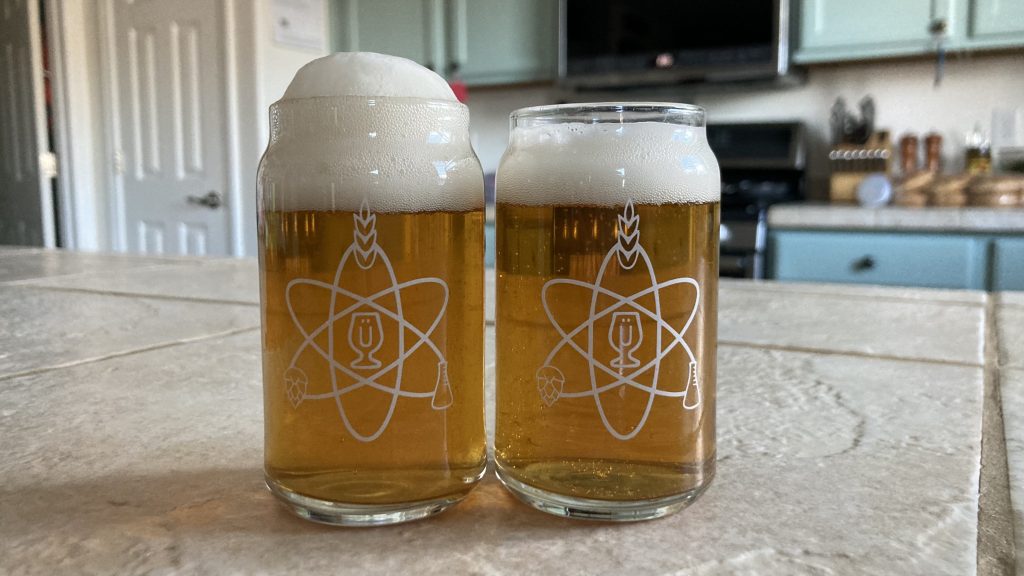
| RESULTS |
Due to social distancing practices as a result of the COVID-19 pandemic, data for this xBmt was unable to be collected in our typical manner. As such, temporary adaptations were made involving the author completing multiple semi-blind triangle tests in as unbiased a way as possible.
Utilizing 4 opaque cups of the same color where 2 were inconspicuously marked, one set was filled with the beer fined with the standard amount of gelatin while the other set was filled with the beer fined with 4x the standard amount of gelatin. For each triangle test, 3 of the 4 cups were indiscriminately selected, thus randomizing which beer was the unique sample for each trial. Following each attempt, I noted whether I was correct in identifying the unique sample. Out of the 10 semi-blind triangle tests I completed, I needed to identify the unique sample at least 7 times (p<0.05) in order to reach statistical significance. In the end, I correctly identified the unique sample just 4 times (p=0.44), indicating my inability to reliably distinguish a Helles Bock that was fined with 1/2 teaspoon (1.75 grams) gelatin from one fined with an entire packet (7 grams) of gelatin.
Despite their obvious difference in appearance, these beers were identical in every other way to me, to the point I resorted to simply guessing on each of my triangle test attempts. Their similarity was definitely not a bad thing, as these Helles Bocks were fantastic, the higher gravity making for a perfect sipper during the cold Denver winter months.
| DISCUSSION |
Given current craft beer trends, it may be hard for some to imagine that clarity used to be a characteristic brewers and drinkers sought in their beer, a goal that many achieved through the use of fining agents such as gelatin. However, some voiced concerns that such fining reduces beer quality by pulling out desirable flavor compounds. My inability to reliably distinguish a Helles Bock fined with 1/2 teaspoon (1.75 grams) of gelatin from one fined with a full packet (7 grams) suggests the amount of gelatin used had little if any perceptible impact.
While these xBmt beers were identical in terms of aroma, flavor, and mouthfeel, such was not the case when it came to appearance, as the beer fined with a higher amount of gelatin was noticeably clearer than the one fined with the standard amount. What’s fascinating about this is that it counters the findings from a prior xBmt on this topic where a beer fined with 8x the standard amount of gelatin maintained a noticeable haze. This seems to suggest there may be a point of diminishing returns when it comes to fining beer with gelatin, with usage rates beyond that point rendering the fining agent less effective.
I’ve used gelatin to fine many of my beers and always followed the recommended dosage rate of 1/2 teaspoon for a 5 gallon/19 liter batch, though I’ve been disappointed by the results when using certain yeast strains. The results of this xBmt have certainly affected my perspective on gelatin use, as it seems a certain amount more may very well lead to better results. Going forward, I absolutely plan to start using reasonably higher amounts of gelatin when fining beers I wish to be clear, particularly lager styles fermented with notably powdery strains.
If you have any thoughts about this xBmt, please do not hesitate to share in the comments section below!
Support Brülosophy In Style!
All designs are available in various colors and sizes on Amazon!
Follow Brülosophy on:
FACEBOOK | TWITTER | INSTAGRAM
If you enjoy this stuff and feel compelled to support Brulosophy.com, please check out the Support page for details on how you can very easily do so. Thanks!


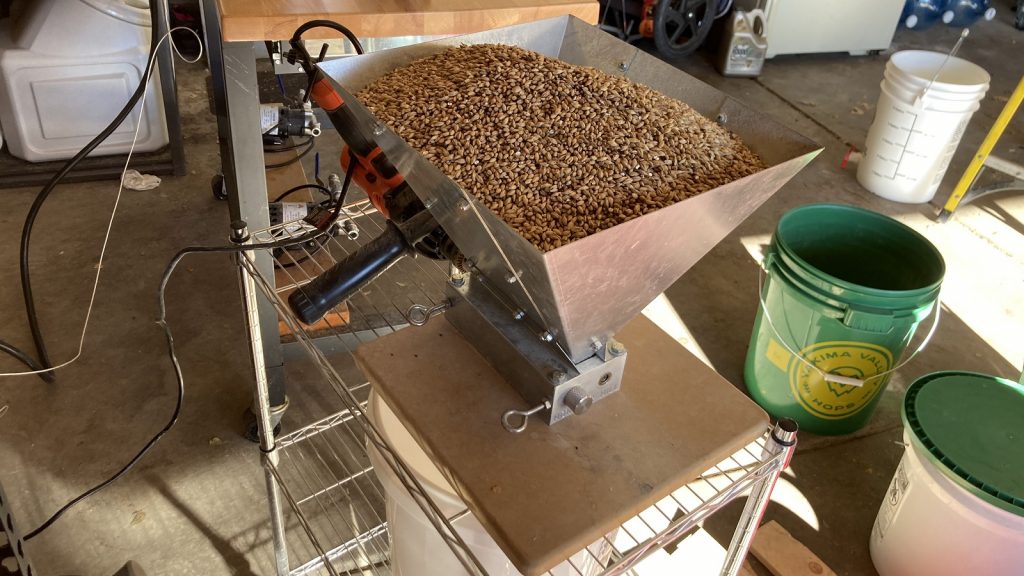
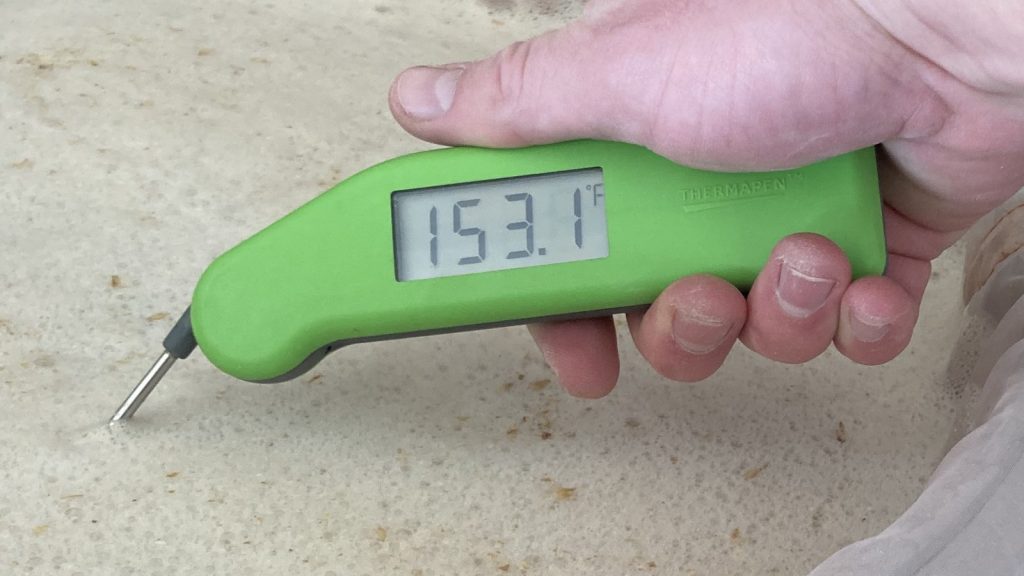
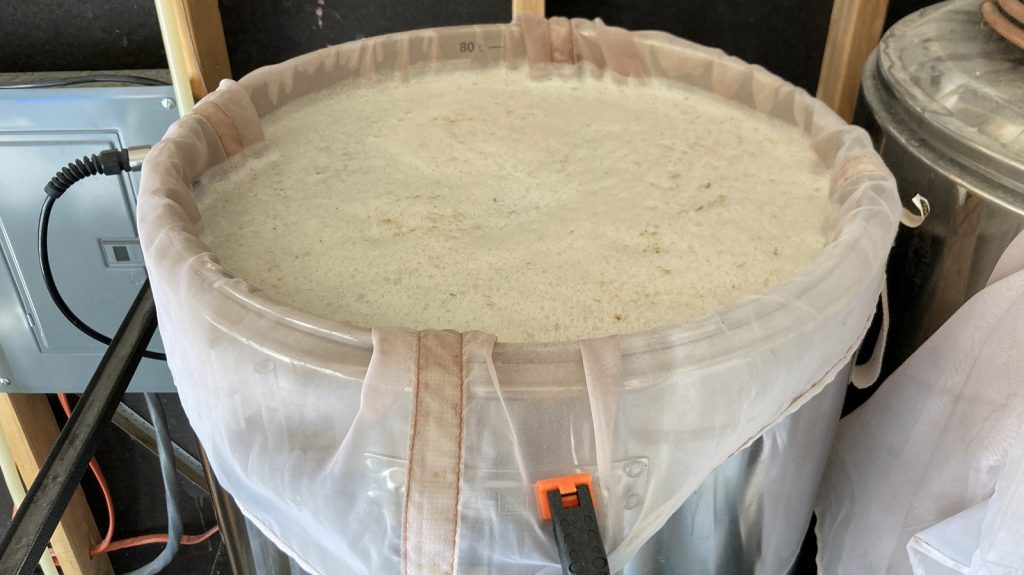
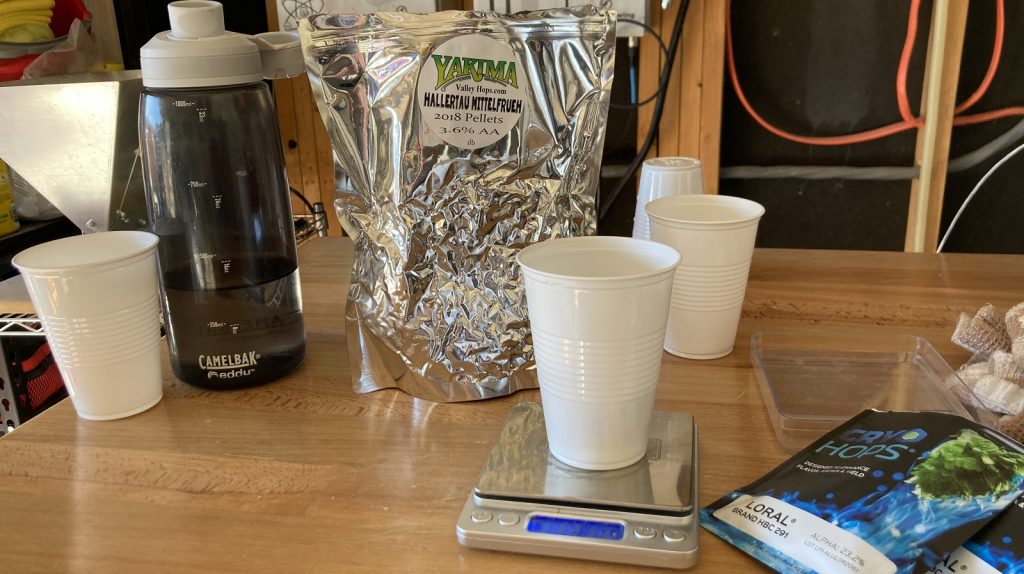
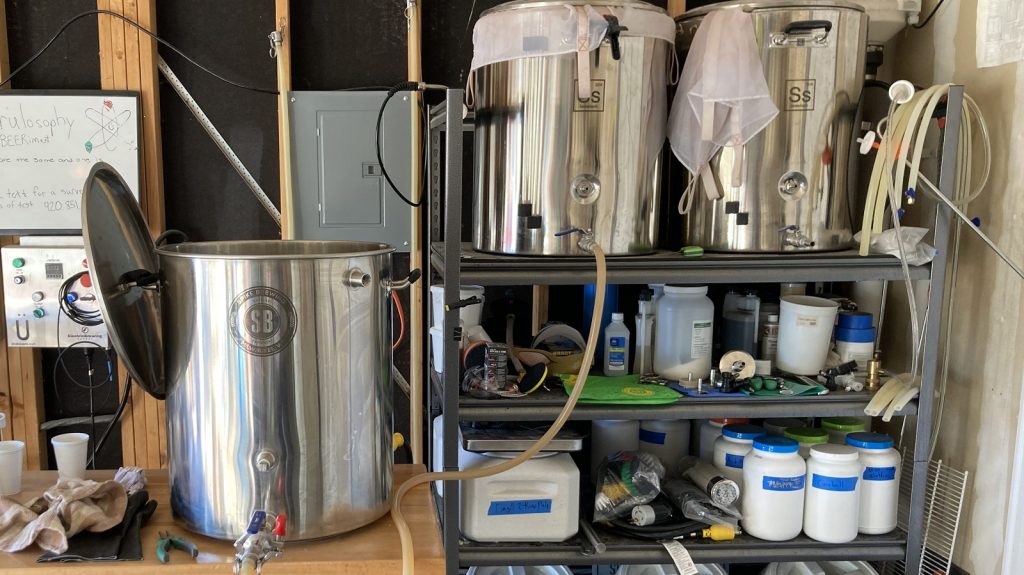
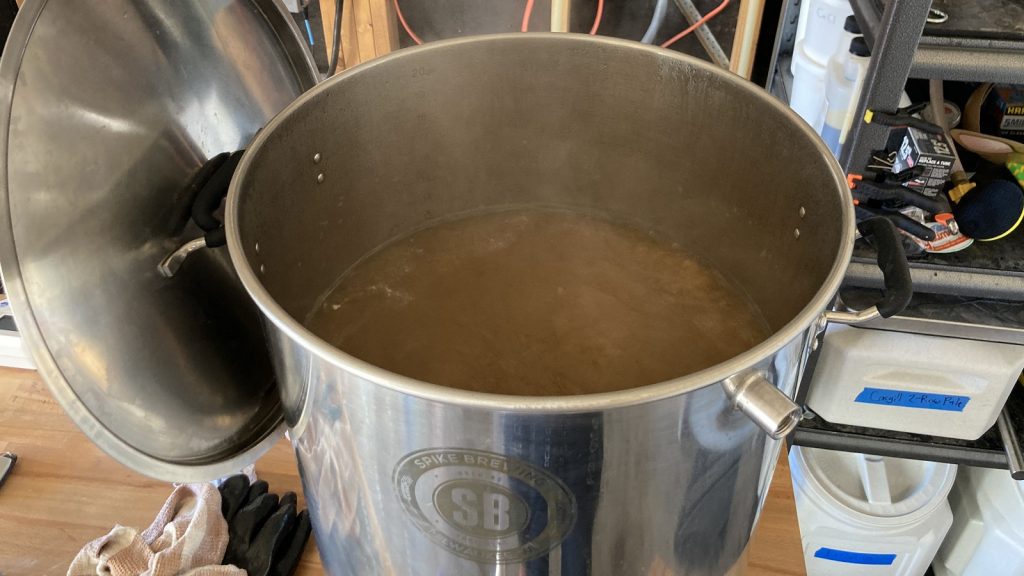
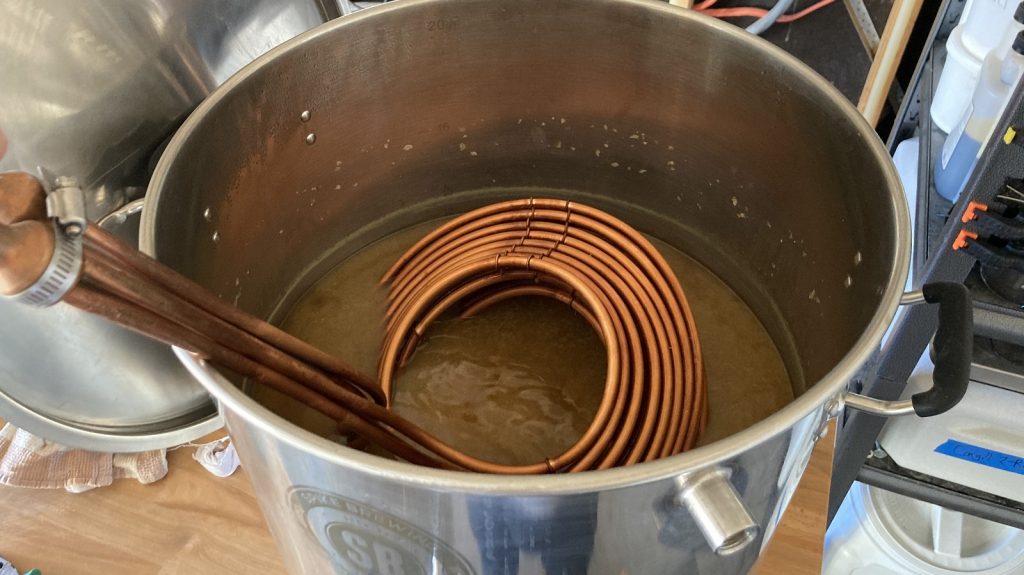
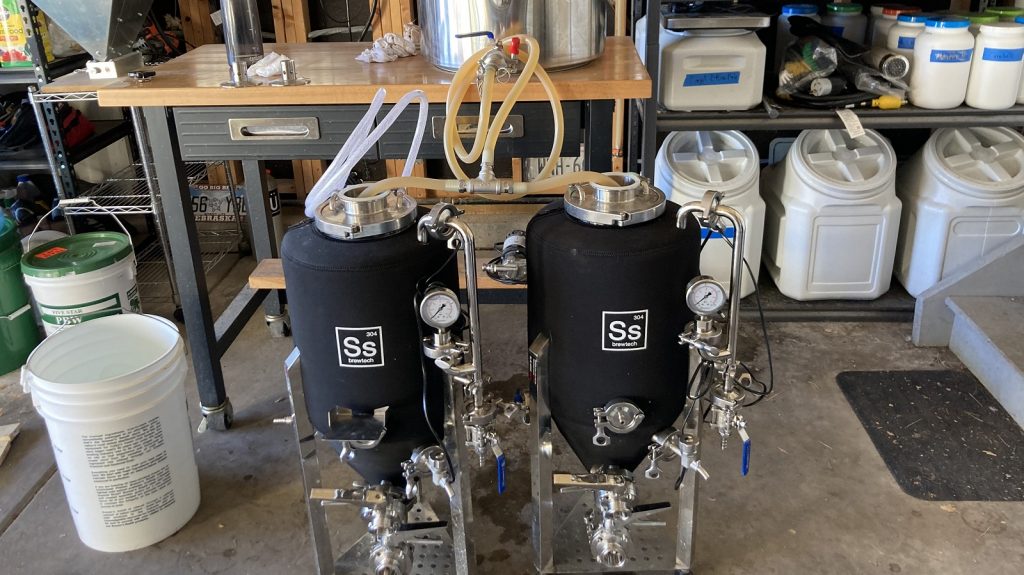
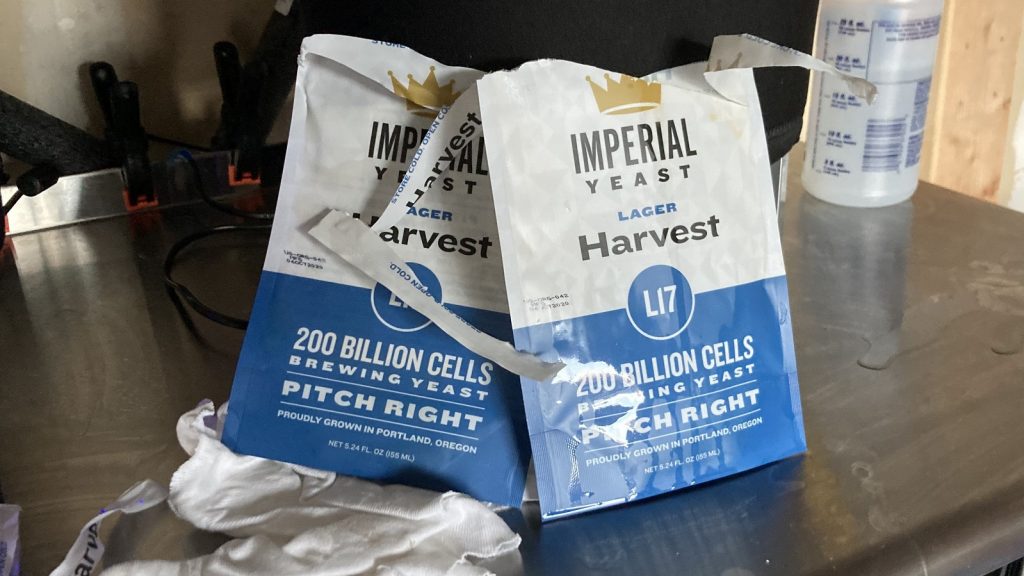
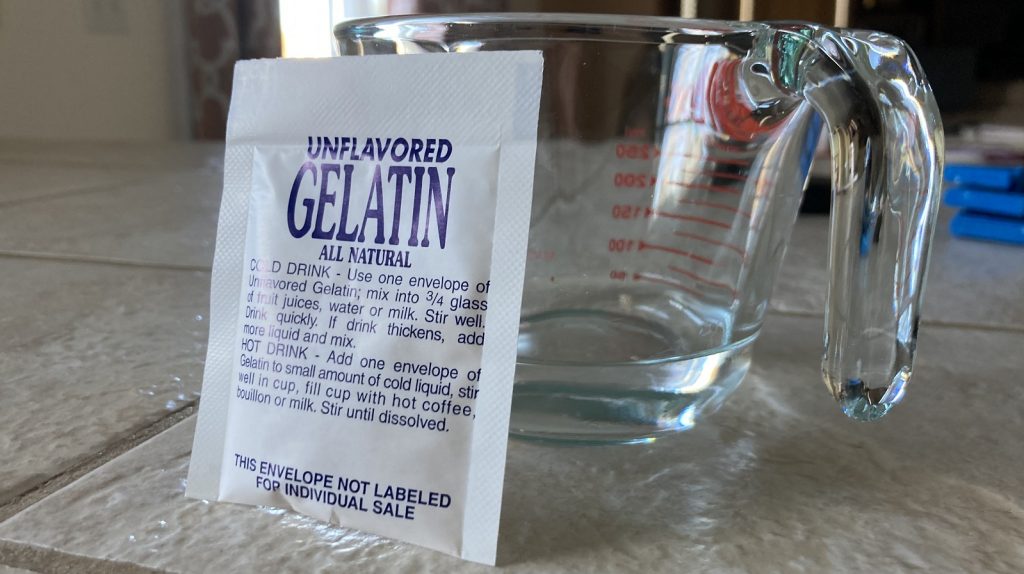
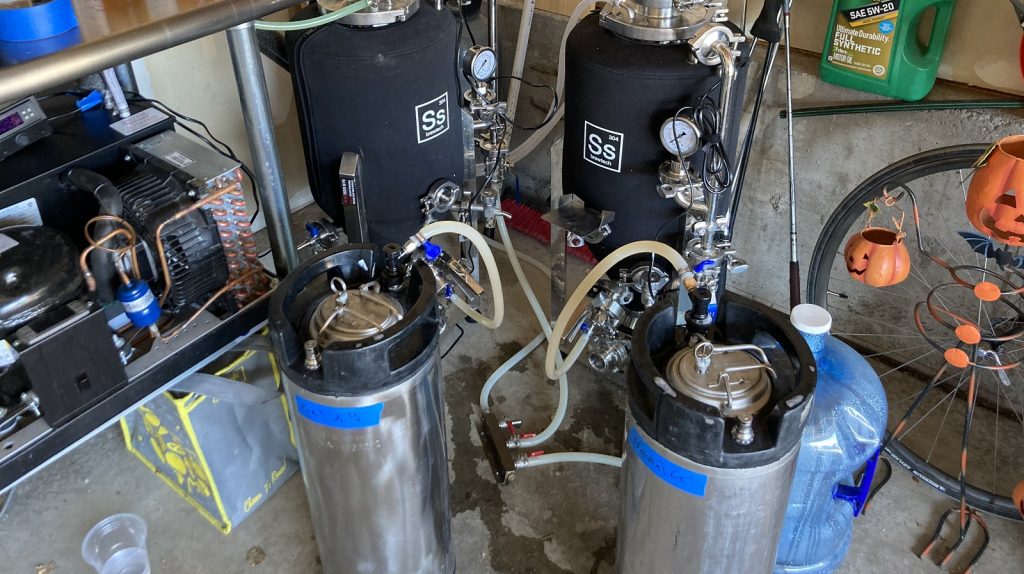











23 thoughts on “exBEERiment | The Gelatin Effect: Impact Fining With A Higher Amount Of Gelatin Has On Helles Bock”
Interesting, I had always read and used 1 gram per gallon to 2 oz per gallon of water. So I use the 5 grams. That with cold crash to 30 always has clear beer. But I rest mine 10-15 minutes, then microwave it to 160 degrees before adding it.
I have been using 1 1/2 tsp for years. Now I see what others use. I may cut back to 1 1/4 tsp now. Thanks
I think you mean 2 tsp for the full packet, not 1.25 teaspoons.
We always use one full packet of gelatin per 5 gallons, with outstanding results.
For comparison photos, have you considered putting a blank sheet of paper behind the samples? Its hard to tell the difference between samples when you have a varying background. I’ve noticed for other xmbt questions have come up as well. Me
Or maybe a background with text so that the difference was a little more apparent. Might be a good idea to come up with an agreed upon standard….say something like newspaper 2″ behind the glass. That way readers might be able to get an idea of clarity across articles and also there own brews.
Really appreciate all the work that goes into each and every one of these articles and so am reluctant to ask for more work. Just thought it might be of interest.
Your article has inspired me to finally bring gelatin into my process. They say every day is a school day. Glad I attended this class!
Did it change how fast things got clear?
Since the other XBMT ended up with a jello-blob on the side of the 8x vessel, maybe the gelatin wasn’t properly distributed throughout the beer, resulting in less effect rather than more.
Sounds like you overheated the water/gelatin mix. It should never create jello.
Have you considered to include a ‘No Gelatin control’ in this test? Just to be sure and check that Gelatin does something.
That was our first gelatin xBmt.
Per How To Brew, Appendix C: Recommended dosage rate is 0.75-1.5 gram per gallon, so at 7 grams per 5 gal you were still within the range.
Exactly, that’s what we intended to test with this one since the last one on this variable was more of an extreme comparison.
How paranoid are you about introducing oxygen when adding the gelatin mix?
Very, which is why I only do it on beers in my unitank where I can purge with Co2 immediately after
I add gelatin to my kegs when I santize them and purge with C02 and do a closed transfer. Seems to work fine, but very clear beer takes 7 to 10 days, at least for me.
the way you have photographed the beers makes it IMPOSSIBLE to see a difference between the two beers….please come up with a ‘scientific’ way to photograph your results.
A “chip Chart’ of color, a 18% grey scale, a White card….. anything would be better than the
tile back ground used in the above photo.
I think there’s a pretty clear visual difference. I think a standard background is a good idea though
How much water did you use with your 7 grams of gelatin?
“What’s fascinating about this is that it counters the findings from a prior xBmt on this topic where a beer fined with 8x the standard amount of gelatin maintained a noticeable haze. This seems to suggest there may be a point of diminishing returns when it comes to fining beer with gelatin, with usage rates beyond that point rendering the fining agent less effective.”
So this is spot on. I have a lot of experience with floculants in industrial settings. While an industrial wastewater is quite a bit different then a beer, the physics/chemistry here is the same. You take a polymer (gelatin is a polymer) and activate it (blooming and heating here). This allows the polymer to spread like a spider web with charged ends to attract oppositely charged particles in the fluid – grabbing these particles, creating a larger floc that will drop out of solution. If you over dose the polymer, it becomes overcharged and repel itself (often forms “snot balls” – technical term) and loses it efficiency.
Gelatin seems to be a very forgiving polymer with a wide dosage range – but i’d guess a 4% sessionable lager may have a different max point then a big 10% west coast TIPA. I believe bio-fine is a bit less forgiving, and have heard of breweries performing jar tests to make sure there dosage is spot on.
Do you just crack the lid and pour the geletin in? Concerns about oxygen?
Any idea whether gelatin fining flat beer in keg will help it clarify it faster, then say after 48+ hours then force carbonate at 30 psi? It seems you gave it 5 days flat in the experiment. I ask because in winemaking the instructions always say to degas (stir out all CO2) BEFORE fining, otherwise the wine won’t clear. I wonder if CO2 negatively affects clarifying time in beer too? It obviously clears after a couple of weeks in the keg, but I wonder if clarifying can be sped up by leaving out the CO2 for a couple of days first, as opposed to gelatin fining in the keg and then immediately force charging the kegs with 30 psi – which many people do.